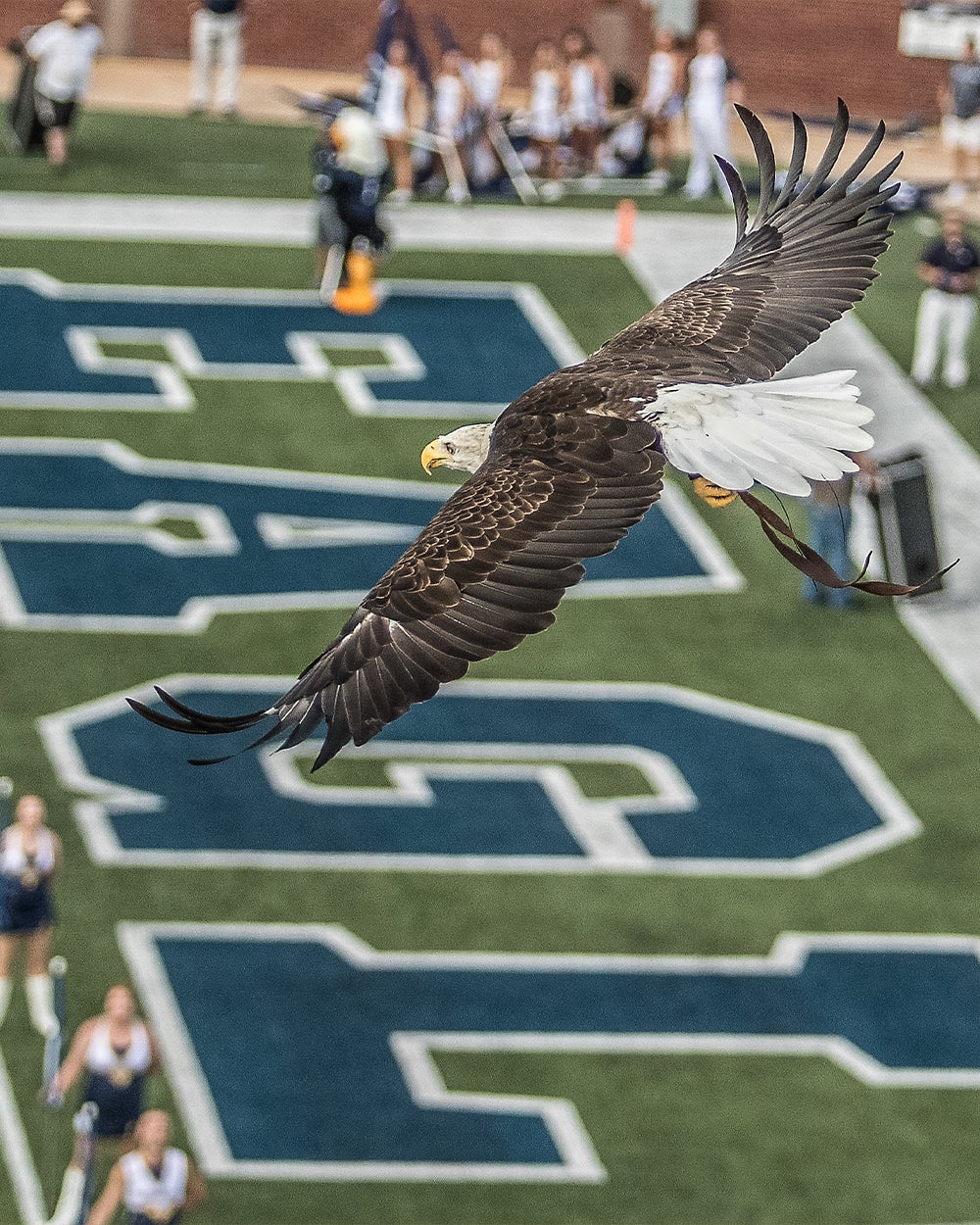Skeptic to Convert
Joshua Glossop continues our student series. He describes his experience at digging at the monastery site and how it changed his mind about archaeology.
Upon enrolling into a Historical Archaeology class that I needed to graduate this upcoming May, I was slightly skeptical about taking the class, as archaeology wasn’t really a keen interest of mine. However, it was a requirement for my major, and I needed it so therefore, I took it. Since taking the class this semester, I can honestly say how much my view in Historical Archaeology has changed completely. I have really found an enjoyment in connecting history with archaeological evidence found in fieldwork sites. I like to see myself as a young Indiana Jones nowadays. Like so many other colleges classes I have previously taken, I thought this class was going to be a boring lecture based class, however, I was surprised to see there was a frequent amount of field work opportunities, which caught my interest. Therefore, this blog post is all about my first visit to an active archaeology site in which I was going to engage in historical archaeology for the first time. I hope to also portray my thoughts of how this visit changed my view on the study of historical archaeology and hopefully influence others too.
On the 28th of January, 2017, which turned out to be a very chilly Saturday morning, I headed to the Benedictine Monastery and Freedmen School archaeology site on Skidaway Island. The site that we are still excavating is on The Landings housing estate on Skidaway Island. Upon arriving I was a little bit lost as I arrived slightly before the agreed time and couldn’t find any of my classmates or professor. I was expecting to see a scene from Jurassic Park where mobile offices surrounded a huge area in which the excavation was taking place. However, my imagination was proved wrong, and it turned out to be a wooded area within a group of houses. I asked myself am I in the right place? A few minutes later the rest of my classmates and my Professor arrived, this put my heart at rest as all the equipment was unloaded from numerous cars. The equipment consisted of buckets, shovels, and sieving tools. Walking through the wooded area, it was clearly visible that a unit (a term for the area dug) was already in the ground, and it was shielded with a rectangle of string showing the area of the dig. The unit was about 4 feet deep and some pipe work was on display in the depths of the pit. This sight encouraged me to a great extent and made me excited for the activity which lay ahead.
After a short briefing, I was assigned to begin a new unit, number 6. The Pythagorean theorem was applied to work out an area that was mathematically accurate. My area was roughly about 6 feet by 3 feet. [Editor’s note: units are 1×2 meters. Using the Pythagorean theorem insures we get a true rectangle or square with right angles.] All the information about the unit was put on a form for future records. Now it was time to get our hands really dirty as the excavation of the unit officially begun. The removing of dirt is an extremely careful exercise, as I removed the dirt it had to be placed on top of the large sieving tools to search for any artefacts present. A classmate performed the sieving. I wasn’t expecting to find anything on the first layer, which we planned to be 10 centimetres deep, however, I was astonished by the amount of artefacts that were coming out of the unit. After even 5 centimetres, we already collected several bags of artifacts, which was anything from glass, to nails, to brick and mortar. It was not until I saw the artifacts that I had dug up and found that it really dawned on me how exciting the activity of archaeology really is. After a whole morning of work, my classmate and I had managed to get the first layer of 10 centimetres dug. From this we had a vast number of artefacts ready to be sent to the lab and washed. The most exciting artifact which had been recovered was a mixture of metal springs, which after future excavations turned out to be bed springs. This was potentially a bed the monks slept on during the late 19th century. For me this experience was very exciting and a real sense of achievement was felt by the end of the morning’s work.
It wasn’t until the following evening that I had really made the connection with history and archaeology. Without archaeology, how can we prove history to be false or true? I have previously learnt of the term sankofa, which is from the Ghanaian language of Akan. It translates to the concept of “reclaiming the past and understanding how the present came to be so we can move forward.” Therefore, after my first initial experience with archaeology it made me realise that the practise provides a bridge that connects us to the past of our ancestors, and then the current time we live in, and potentially the future. It was also great to experience this first hand in the local area where I have been gaining my university education. If in the future you get a chance to visit the Benedictine Monastery and Freedmen’s School archaeology site on Skidaway Island, please do, it opened my eyes to making that connection with the past, and I hope it will do the same for you.

The bedsprings right after excavation.
Posted in General Announcements
